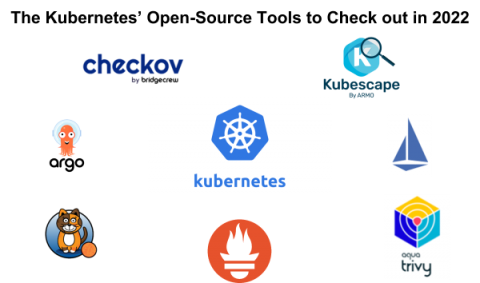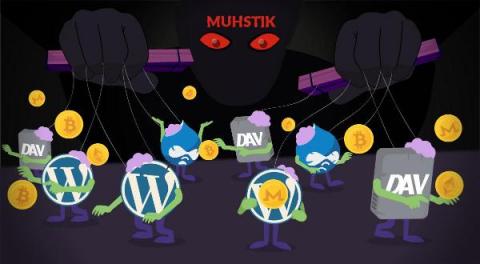Security | Threat Detection | Cyberattacks | DevSecOps | Compliance
Containers
Run confidently with secure DevOps
The Kubernetes' Open-Source Tools to Check out in 2022
In 2014, Kubernetes surfaced from work at Google and quickly became the de facto standard for container management and orchestration. Despite its silicon valley origins, it became one of the most impactful open-source projects in the history of computing. Today, the Cloud Native Computing Foundation (CNCF) maintains Kubernetes with many private companies and independent open-source developers.
Three-Body Problem for Policy: Policy, Data and Software
In the early days of Styra when we were creating Open Policy Agent (OPA), we had a singular goal in mind: help engineers enforce any policy over any piece of software. We wanted people to be able to write any policy they’d like, whether it be about complex resources managed by Kubernetes or public cloud, APIs routed through gateways or service meshes, data stored in relational or document databases, application deployments controlled by CICD pipelines, and so on.
Real-time threat response for Kubernetes workloads, using threat intelligence feeds and deep packet inspection
Cloud-native transformations come with many security and troubleshooting challenges. Real-time intrusion detection and the prevention of continuously evolving threats is challenging for cloud-native applications in Kubernetes. Due to the ephemeral nature of pods, it is difficult to determine source or destination endpoints and limit their blast radius. Traditional perimeter-based firewalls are not ideal fit for Kubernetes and containers.
Cyber Monday: Three Critical Cloud Components for Retail Vendors
As we embark on another holiday season in the United States, we are being told to start our holiday shopping even earlier this year to avoid some of the delays in shipping. These slowdowns stem from a number of factors, including container shortages, Covid-19 outbreaks that backlogged ports, and a dearth of truck drivers and warehouse workers. Even without the shortages and slowdowns, retailers are in for a long holiday season ahead of them as sales are predicted to grow by 7% this holiday season.
Hands-On Muhstik Botnet: crypto-mining attacks targeting Kubernetes
Malware is continuously mutating, targeting new services and platforms. The Sysdig Security Research team has identified the famous Muhstik Botnet with new behavior, attacking a Kubernetes Pod with the plan to control the Pod and mine cryptocurrency. A WordPress Kubernetes Pod was compromised by the Muhstik worm and added to the botnet. On the Pod has been deployed and executed various types of crypto miners, like xmra64andxmrig64.
Getting started with runtime security and Falco
Discover how to get started with Falco to overcome the challenges of implementing runtime security for cloud-native workloads. If you are adopting containers and cloud, you are probably enjoying benefits like automated deployments and easier scalability. However, you may also find that when it comes to security, this is a whole new world with new rules, and traditional security tools struggle to keep up. As a new paradigm, cloud-native environments need new cloud-native tools.
Why Portability is Key to Better Productivity and Security
Least hot take of all time: Interruptions and rework are the worst. The modern dev pipeline is purpose-built to make collaboration easier and allow individuals and teams to work together to contribute to regular code pushes. This of course means lots of invention, feedback, creativity and iteration, all of which work best when they can be the point of current focus.
Best practices for containerizing Python applications with Docker
From reading many Python Docker container blogs, we’ve found that the majority of posts provide examples of how to containerize a Python application independent of its framework (Django, Flask, Falcon, etc.). For example, you might see something like this: With this Dockerfile, we can build and run a Python Flask application: Two simple steps and it works just fine, right?











